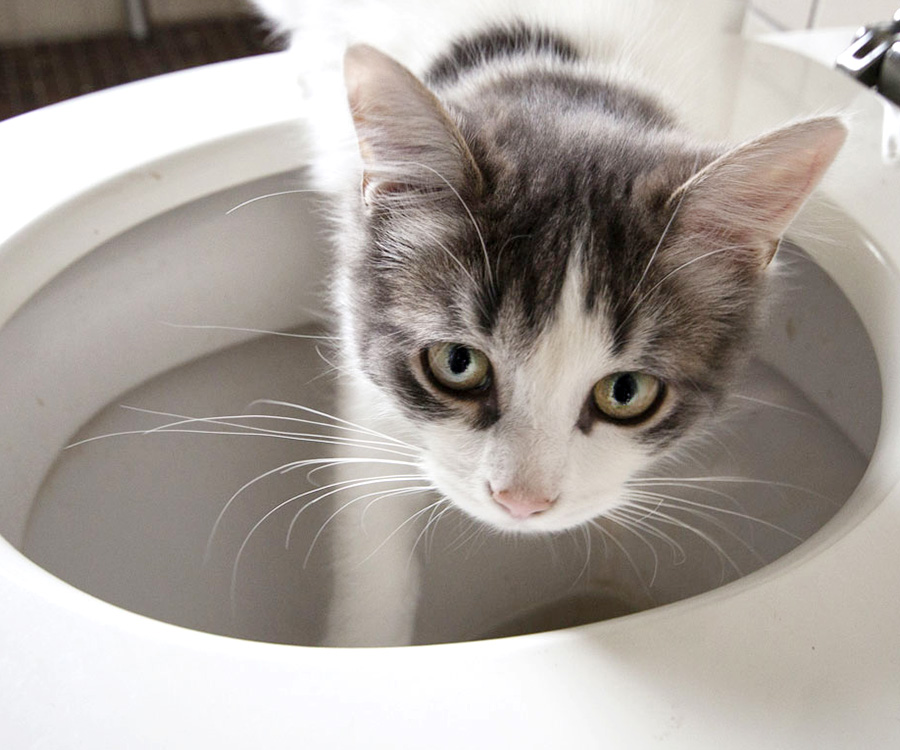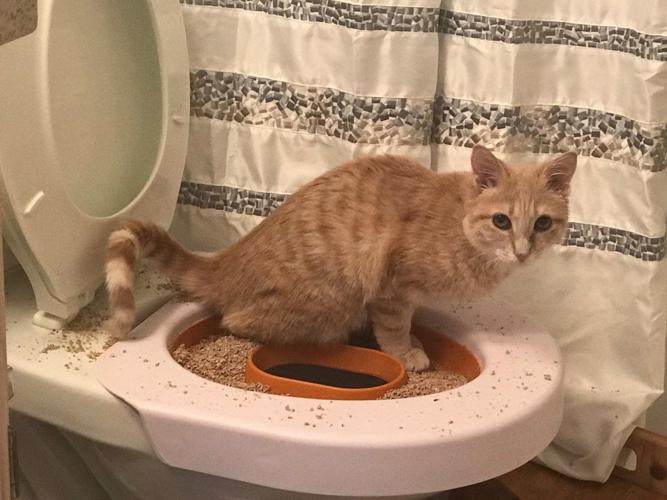Avoid Clogs and Damage: Don't Flush Cat Poop Down Your Toilet - Expert Insights
Avoid Clogs and Damage: Don't Flush Cat Poop Down Your Toilet - Expert Insights
Blog Article
How do you feel when it comes to Can You Flush Cat Poo or Litter Down the Toilet??

Introduction
As feline owners, it's important to be mindful of how we dispose of our feline buddies' waste. While it may seem practical to flush pet cat poop down the bathroom, this practice can have destructive repercussions for both the atmosphere and human wellness.
Ecological Impact
Purging pet cat poop introduces dangerous pathogens and parasites right into the water, posturing a significant risk to marine ecological communities. These impurities can adversely impact marine life and compromise water quality.
Health Risks
In addition to ecological worries, purging cat waste can likewise present health and wellness risks to human beings. Feline feces might contain Toxoplasma gondii, a parasite that can trigger toxoplasmosis-- a possibly severe health problem, particularly for expecting ladies and people with weakened immune systems.
Alternatives to Flushing
Luckily, there are more secure and more accountable methods to dispose of cat poop. Consider the complying with options:
1. Scoop and Dispose in Trash
The most typical approach of getting rid of feline poop is to scoop it into a naturally degradable bag and throw it in the trash. Be sure to make use of a committed clutter inside story and get rid of the waste without delay.
2. Usage Biodegradable Litter
Select biodegradable cat clutter made from materials such as corn or wheat. These litters are eco-friendly and can be safely gotten rid of in the trash.
3. Hide in the Yard
If you have a yard, take into consideration hiding feline waste in a designated location away from veggie gardens and water resources. Be sure to dig deep sufficient to prevent contamination of groundwater.
4. Set Up a Pet Waste Disposal System
Buy an animal waste disposal system especially designed for feline waste. These systems make use of enzymes to break down the waste, decreasing smell and ecological effect.
Verdict
Responsible family pet possession expands beyond giving food and shelter-- it likewise includes correct waste monitoring. By refraining from flushing cat poop down the bathroom and selecting different disposal approaches, we can decrease our ecological footprint and shield human health and wellness.
Why Can’t I Flush Cat Poop?
It Spreads a Parasite
Cats are frequently infected with a parasite called toxoplasma gondii. The parasite causes an infection called toxoplasmosis. It is usually harmless to cats. The parasite only uses cat poop as a host for its eggs. Otherwise, the cat’s immune system usually keeps the infection at low enough levels to maintain its own health. But it does not stop the develop of eggs. These eggs are tiny and surprisingly tough. They may survive for a year before they begin to grow. But that’s the problem.
Our wastewater system is not designed to deal with toxoplasmosis eggs. Instead, most eggs will flush from your toilet into sewers and wastewater management plants. After the sewage is treated for many other harmful things in it, it is typically released into local rivers, lakes, or oceans. Here, the toxoplasmosis eggs can find new hosts, including starfish, crabs, otters, and many other wildlife. For many, this is a significant risk to their health. Toxoplasmosis can also end up infecting water sources that are important for agriculture, which means our deer, pigs, and sheep can get infected too.
Is There Risk to Humans?
There can be a risk to human life from flushing cat poop down the toilet. If you do so, the parasites from your cat’s poop can end up in shellfish, game animals, or livestock. If this meat is then served raw or undercooked, the people who eat it can get sick.
In fact, according to the CDC, 40 million people in the United States are infected with toxoplasma gondii. They get it from exposure to infected seafood, or from some kind of cat poop contamination, like drinking from a stream that is contaminated or touching anything that has come into contact with cat poop. That includes just cleaning a cat litter box.
Most people who get infected with these parasites will not develop any symptoms. However, for pregnant women or for those with compromised immune systems, the parasite can cause severe health problems.
How to Handle Cat Poop
The best way to handle cat poop is actually to clean the box more often. The eggs that the parasite sheds will not become active until one to five days after the cat poops. That means that if you clean daily, you’re much less likely to come into direct contact with infectious eggs.
That said, always dispose of cat poop in the garbage and not down the toilet. Wash your hands before and after you clean the litter box, and bring the bag of poop right outside to your garbage bins.
https://trenchlesssolutionsusa.com/why-cant-i-flush-cat-poop/

I was made aware of that report about Can You Flush Cat Poo or Litter Down the Toilet? through a good friend on another website. Please take a moment to share this page if you appreciated it. I treasure reading our article about Can You Flush Cat Poop Down The Toilet?.
Click Here Report this page